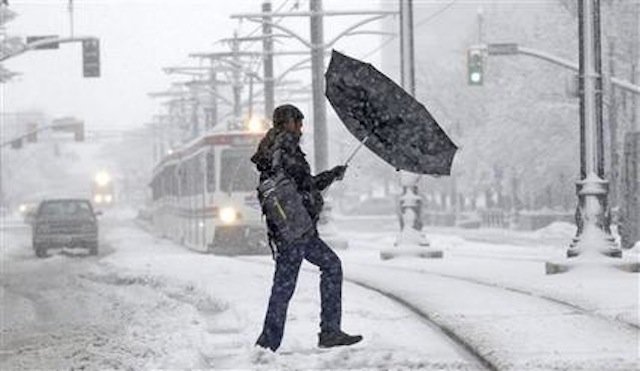
© AP/Rick BownerSalt Lake City on Monday, December 14, 2015.
A storm that drenched California over the weekend has turned an Arizona town into one of the coldest cities in the lower 48 while making for a rainy commute in Phoenix, where it was colder than New York City.
Here's a look at the winter weather across the West:
ArizonaAn icy storm in northern Arizona left Bellemont, a small community west of Flagstaff, with a
temperature of zero at sunrise Sunday - one of the chilliest temperatures in the lower 48 states at the time, said David Vonderheide of the National Weather Service.
The morning commute in the region Monday was slow as an initial band of snow showers neared an end and a second wave arrived. The Arizona Department of Transportation urged people to stay off major highways if possible.
Weather forecasters said wind gusts up to 40 mph would send snow swirling and further complicate travel.
Meanwhile, rain fell in central and southern Arizona, dropping temperatures in Phoenix to the mid-40s - some 10 degrees colder than New York City.
Bellemont's low temperatures were due to its location in a flat area surrounded by low hills where cold air struggles to escape, Vonderheide said. At 7,100 feet, it's slightly higher in elevation than Flagstaff.
"There are mornings every winter where Bellemont is the coldest in the lower 48," he said.
UtahThe state's first major winter storm dumped a foot of snow in some parts of the Salt Lake City area, creating harrowing commutes.
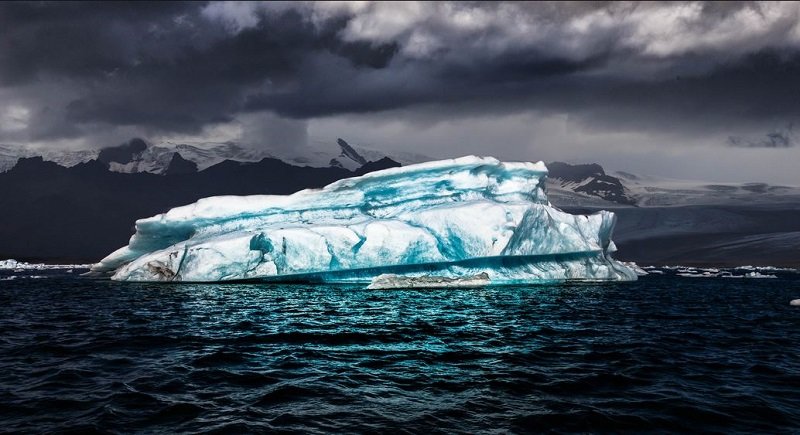
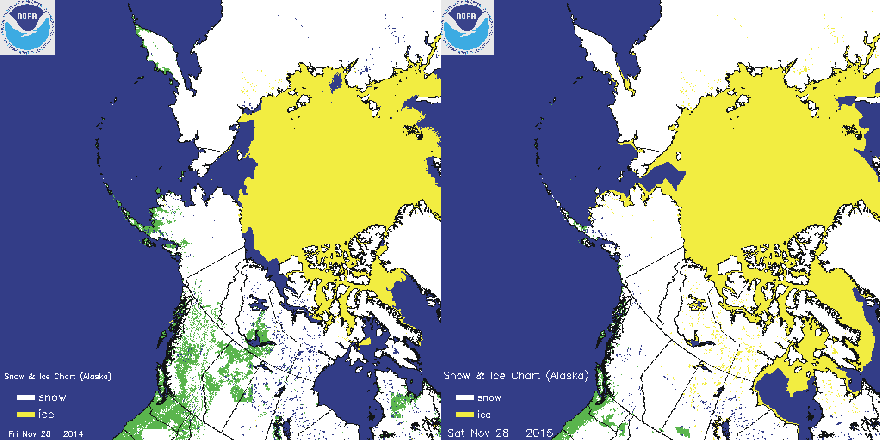
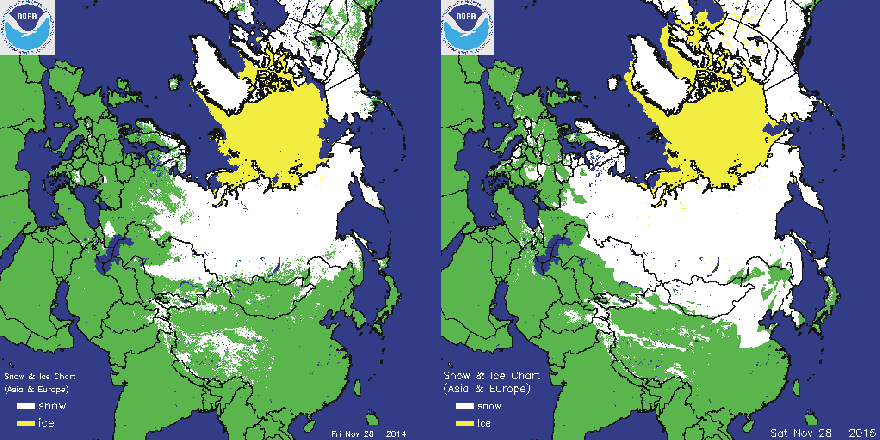
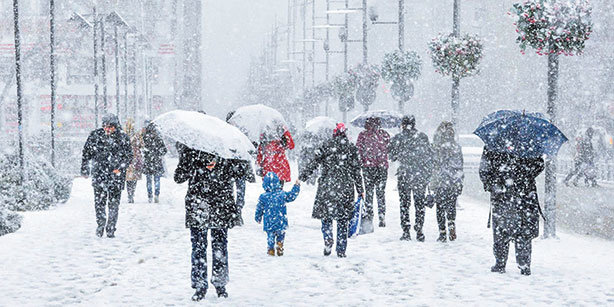
Comment: Weather records are being broken all over the world. Check out our latest SOTT Earth Changes Summary for November 2015: Extreme Weather, Planetary Upheaval, Meteor Fireballs.